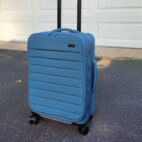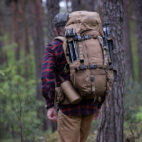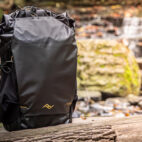
Backpacks
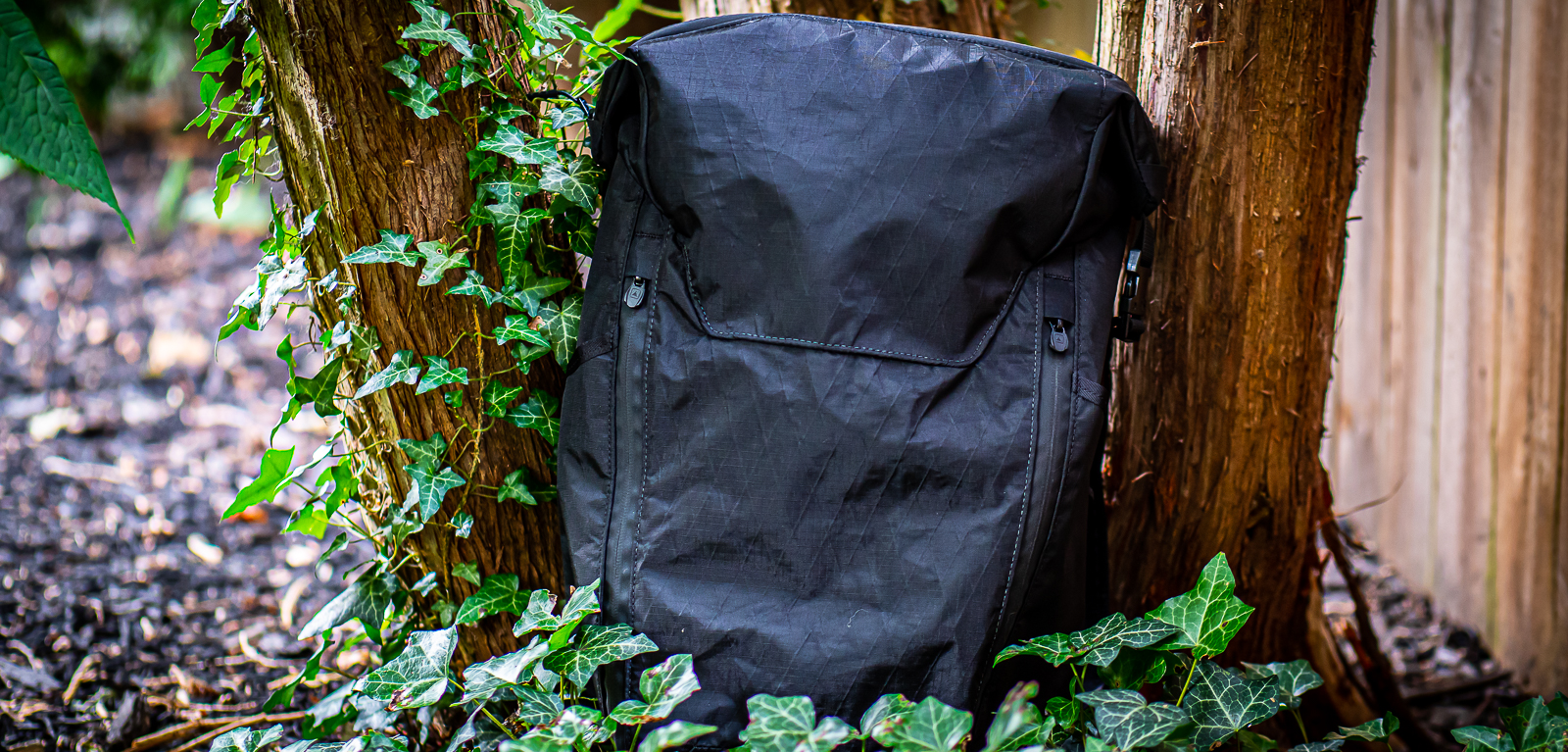
There’s only one bag that has come with me on absolutely every trip I’ve been on in the past five years; the Triple Aught Design Azimuth Backpack. That’s not an exaggeration. From all corners of the United States and Canada, to the Italian Dolomites and the shores of Northern Spain. The original Azimuth Backpack, released in 2017, has been a staple carry for me due to its equally excellent packability and utility. However, it was unavailable for many years after its initial release, leaving the secondary market as the only way to acquire one, often well above the original MSRP. And although TAD stock availability can waver, the Azimuth returned in 2022 with a few improvements and some upgraded material offerings. We’ve been testing this one for a while, and we can start this off by saying that version two is worthy of the same high praise.
Specs
- Name: Azimuth Backpack
- Brand: Triple Aught Design
- Format: Backpack
- Measurement: 12
- Capacity: 19L
- Weight: 0.8lbs
- Zippers: YKK AquaGuard
- Material: XPac VX21RS
- Price$185
Who It Suits
If you often need to head on an adventure at a moment's notice, you should own this bag. If you travel often, you should own this bag. If you don’t know what your day may bring, you should own this bag. The Azimuth is something that is perfect to always have around, whether you’re hitting a summit during a business trip or if you just want to get out without your bag weighing you down. Doubling as both an ultralight pack and a packable bag, you appreciate flexibility in your carry. One-baggers may appreciate being able to stow this bag away for lighter days on the town or that just-in-case extra storage.
Who It Doesn’t
If you’re a business traveler that just sticks between the office and their hotel, the Azimuth may not do much for you. Alternatively, if you’re looking to do some serious trekking, even just day hikes, then the Azimuth may not be as substantial of a pack as you may like. The Azimuth excels at being a lightweight jack-of-all-trades, so if you need something more specialized, this may not fit the bill.
Design
If you’re familiar with the original Azimuth, not much has changed here. The silhouette is still essentially the same, with maybe a few pattern tweaks here and there. What you will notice is a change to slightly heavier materials - from VX03 and VX07 to VX21 and VX42 on the main body. This has some pros and cons which we’ll get into later, but all in all it’s a nice upgrade. The bag feels much more substantial, holds its shape better, and is all around more durable.
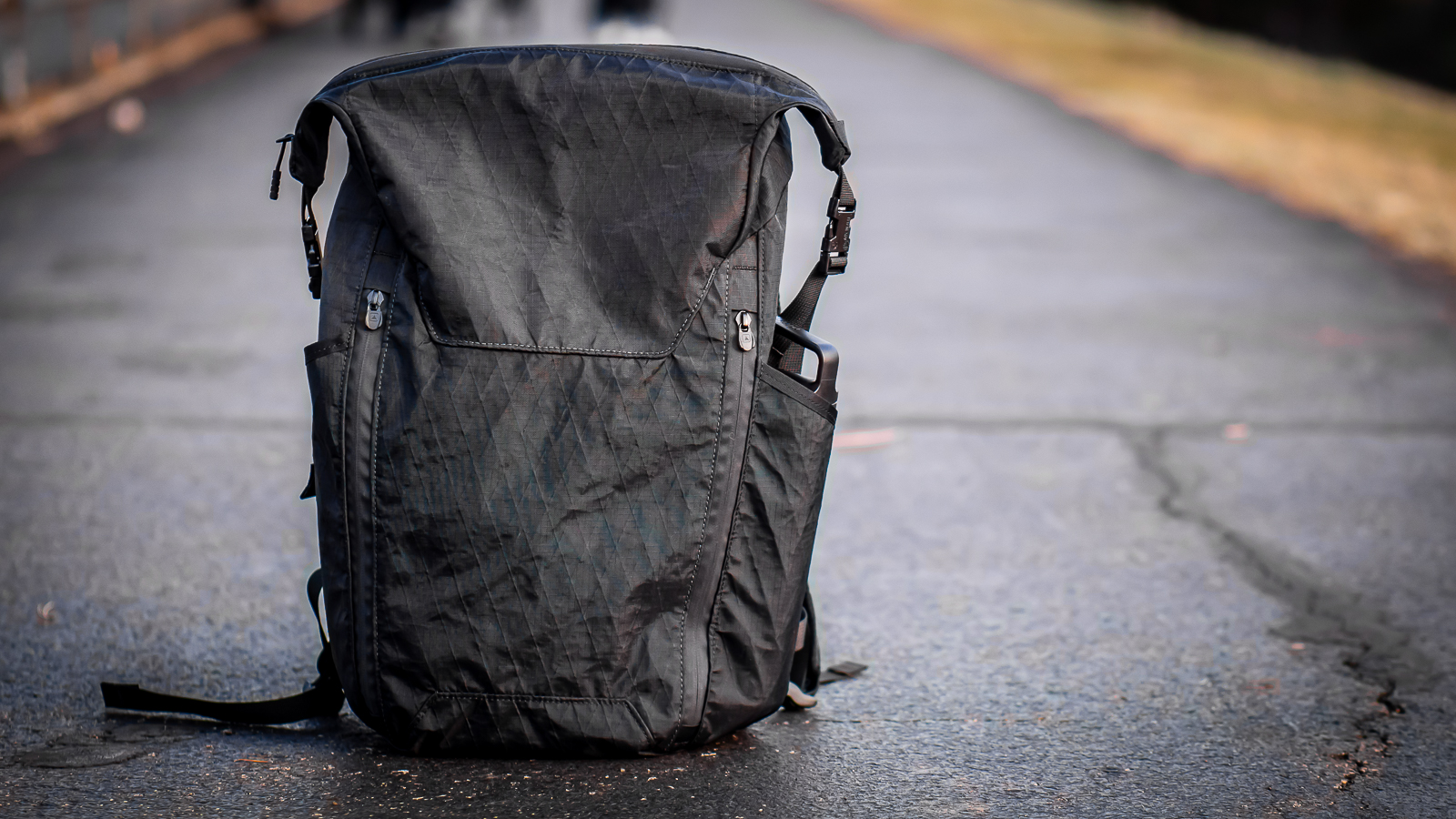
At a generous 19L, the Azimuth can hold quite a bit - I’d wager it’s more comparable to common 21-24L packs. And just like any good packable bag, it comes in at 0.8lbs. You’ll never even know it’s there, so taking it along for the ride is a no brainer. Just like with cameras and other gear, the best one is the one you have with you, and having it with you is half the battle. Throwing it at the bottom of my suitcase when I’m traveling for work costs me nothing, and if I’m able to get out for a quick hike to break up the monotony, I’ve got my trusty Azimuth with me.
Features
As one would expect, one of the features of a packable bag is that it packs down. This is one of the more noticeable changes from the earlier version of the Azimuth. Whereas the former was able to pack into its own pocket, that’s not the case with its predecessor. Since the new Azimuth is made from slightly heavier materials, it’s designed to simply pack flat, or just roll up to the size of a water bottle. In practice, this changes little. It was somewhat tedious to get the older variant into its pocket, so I rarely bothered. Rolling it up works just as well for me, and it’s usually how I packed it anyway.
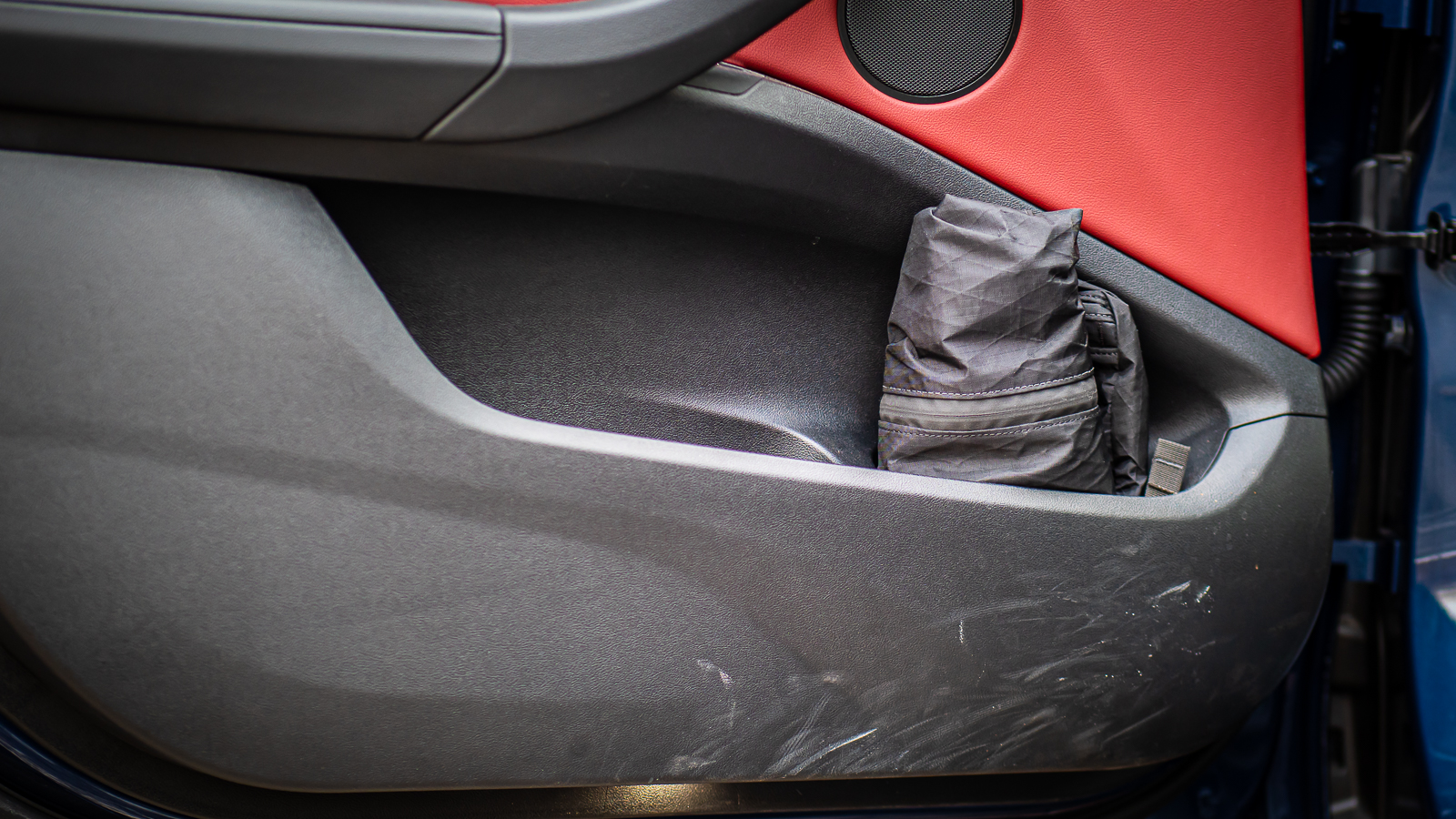
The pockets are all still in place. The top pocket which also acted as a stuff-sack is still situated at the top of the pack. It’s potentially the only place on the Azimuth to stuff smaller items, so it can fill up rather quickly. The two front-facing zippers, adorned with YKK Aquaguard zipper chain, provide both side access and a vertical storage area, respectively. The side pocket is slim, but has a good bit of its own volume for stashing items like gloves or a hat, which you might want quick access to without opening the entire contents of the pack. The other zipper provides an easy way to get at the bottom of your pack without digging from the top down. It’s nice to be able to sling the bag over either shoulder to access the vertical pocket or even the main compartment.
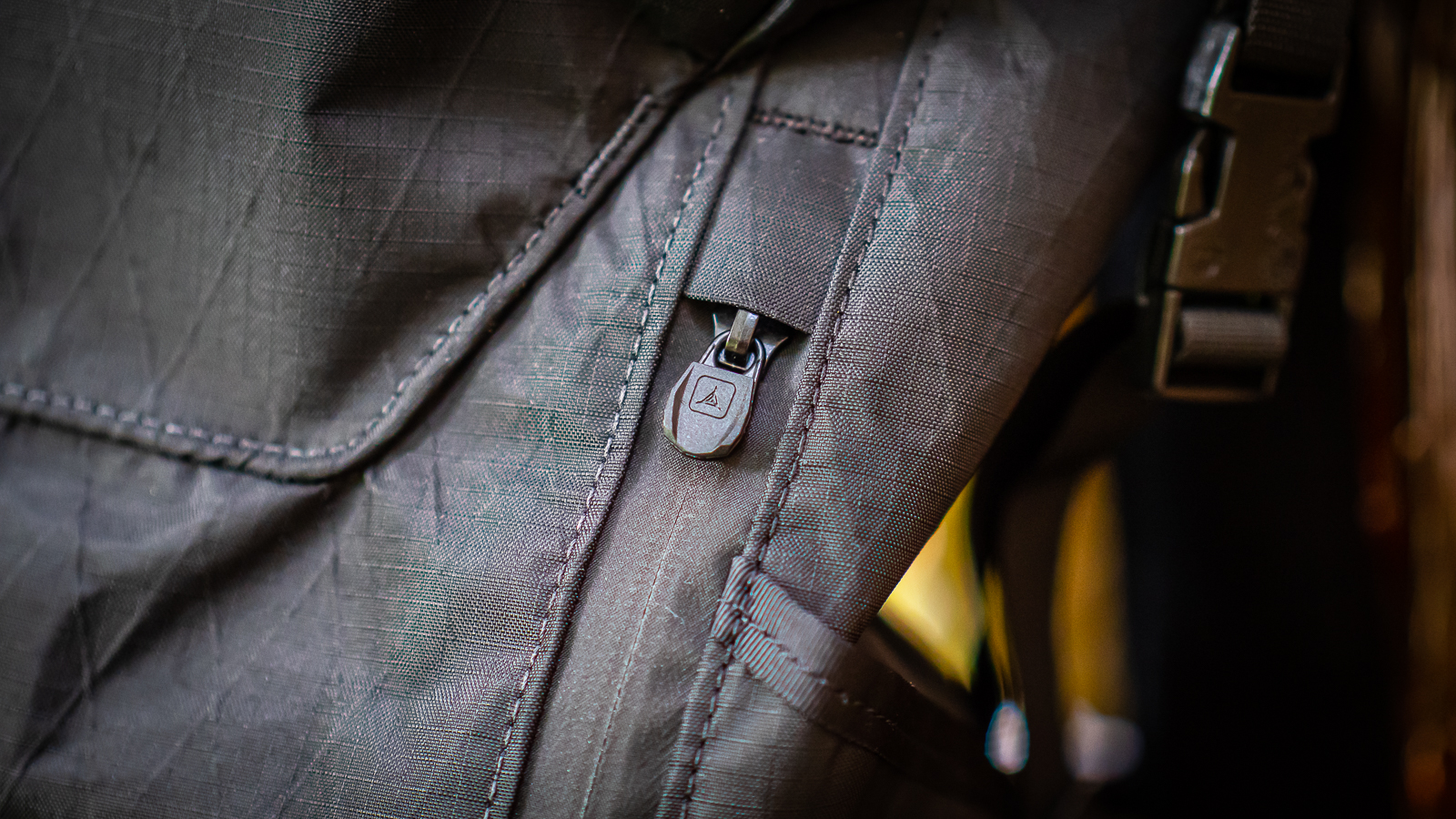
The dual water bottle pockets are generous, but don’t have much of their own volume. So keep that in mind when you’re packing for the day - any sufficiently large water bottle, or tripod, will eat into the main compartment. This isn’t usually a problem, just something to be aware of. In practice, it helps the items in the pockets stay a bit more secure, since they’re snuggled in.
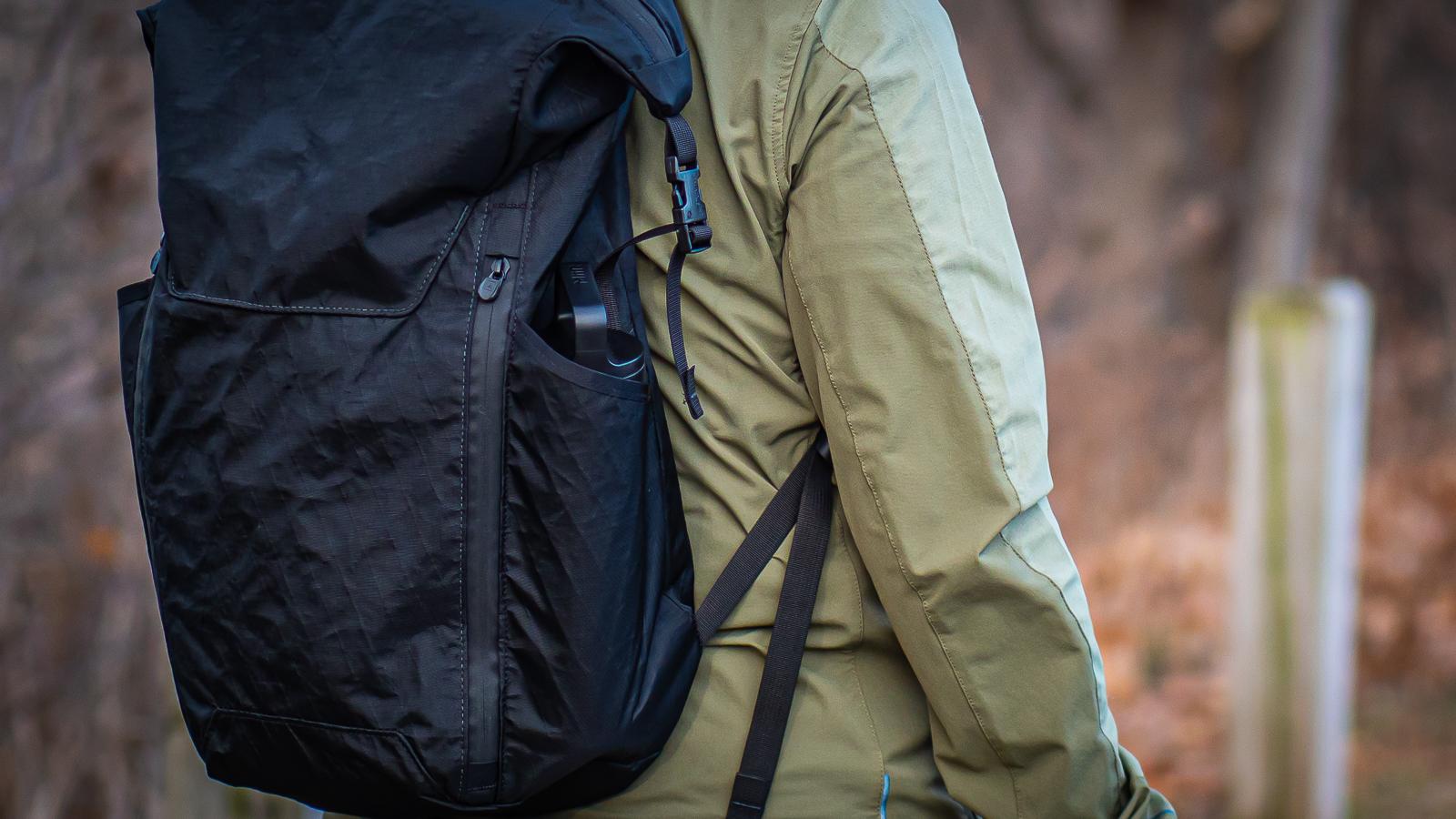
Unlike most packs with vertical compression, there’s no rolltop here. It’s simply a top-loading zipper, which works especially well due to the design of the compression. What you do get is a wider opening, as the top flares out a bit. This helps with packing and access, quite significantly. The vertical compression keeps the wider mouth tame, and still does its job by allowing a few inches of expansion in either direction - about an extra liter or two. It might take some getting used to at first, especially with less-than-full bags, but there’s a reason this feature remained unchanged.
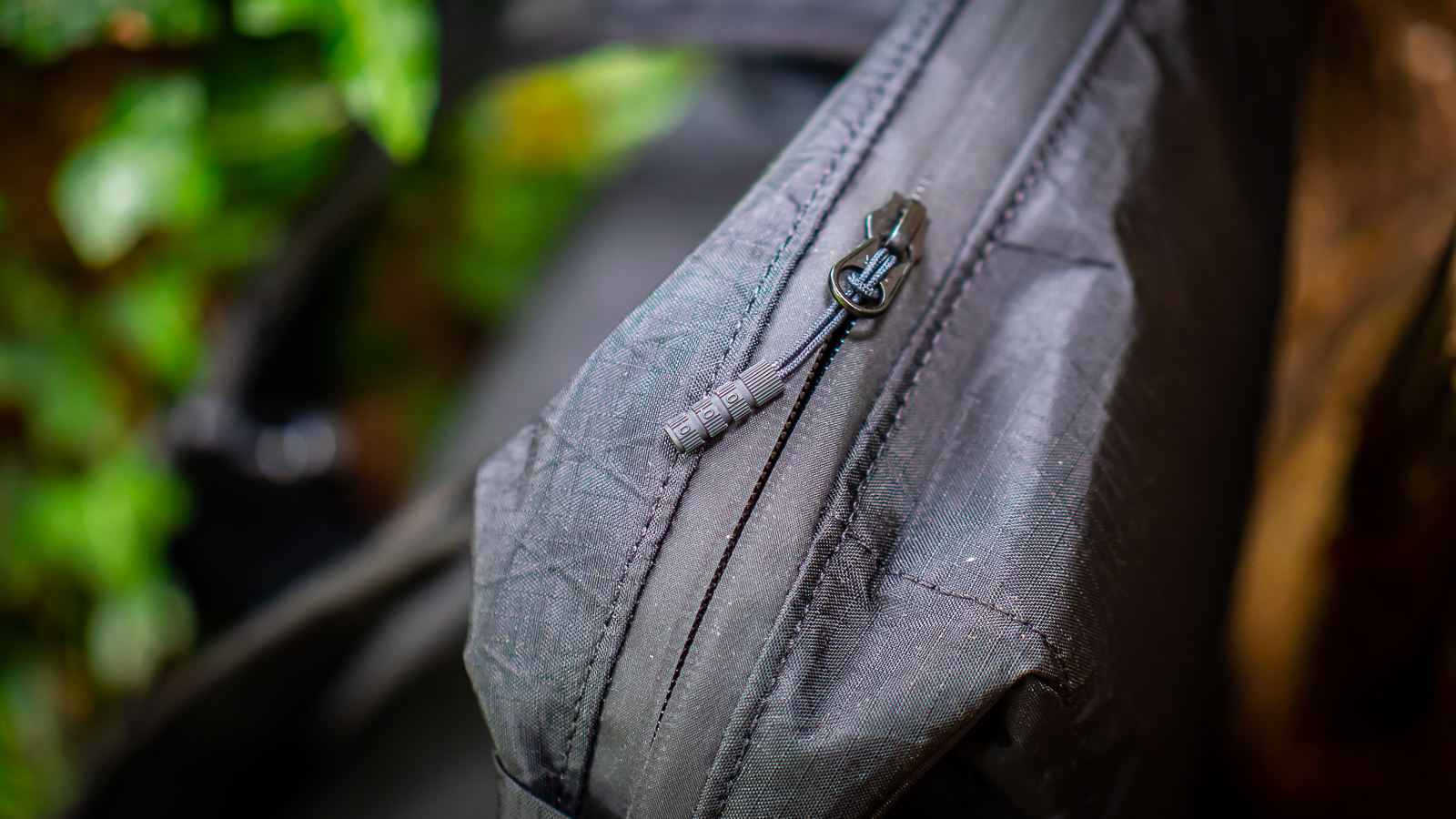
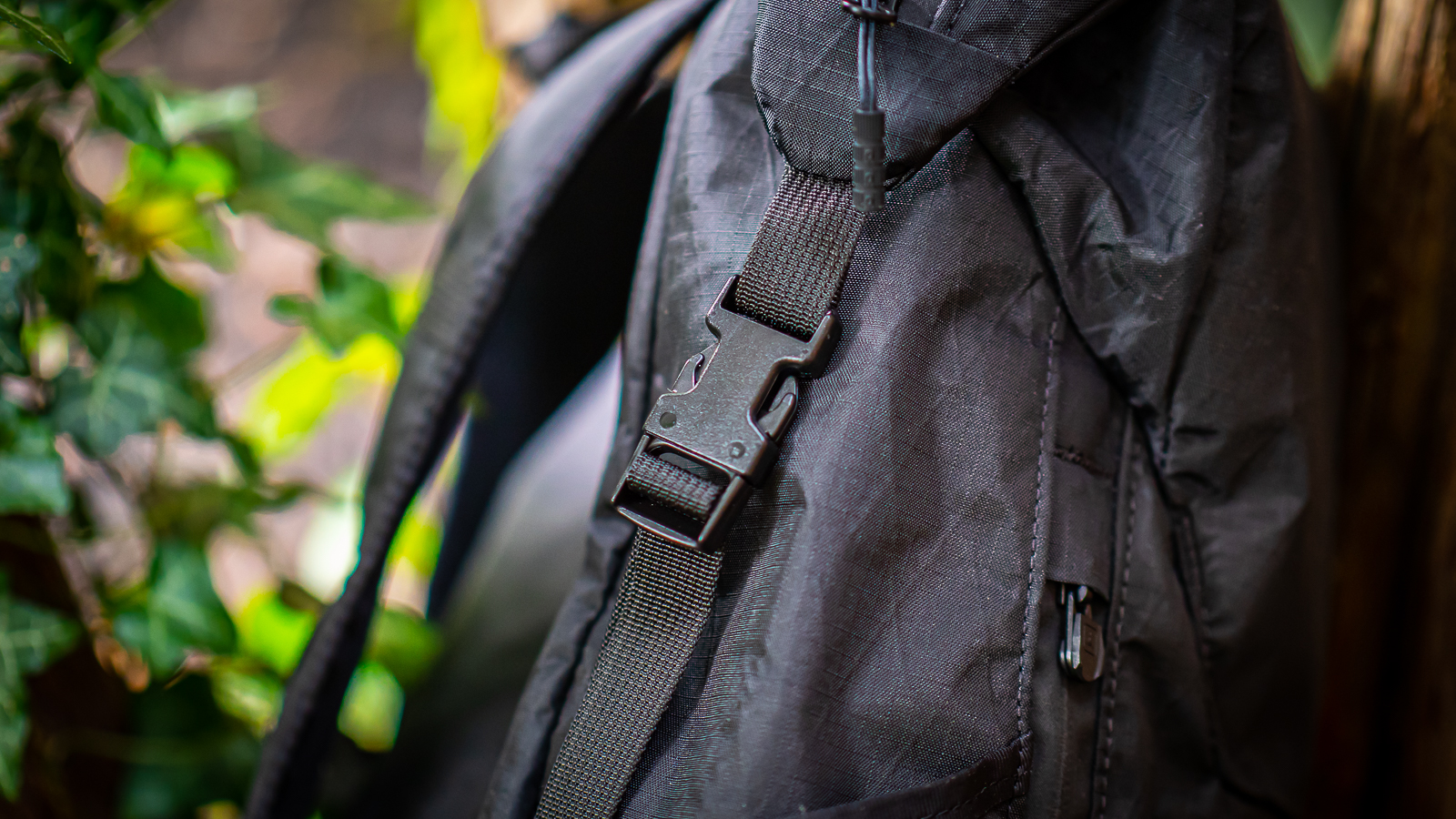
If all of that isn’t enough for you, the Azimuth supports TAD’s Helix attachment system, allowing you to hang any of their Control Panels or various pouches from the top rear of the interior of the bag. Personally, I like having the Control Panel here as it acts as a pseudo frame sheet.
Performance
This is another area that earlier adopters will immediately notice a change; the straps. While these straps are certainly slim and lightweight, they’re much heftier than the originals - this is a good thing. I found the newer Azimuth to be a much more pleasant carry experience, all in all. As noted above, there isn’t a frame sheet, nor a true “harness”, but the straps are comfortable, and you have options for keeping interior items from poking you in the back.
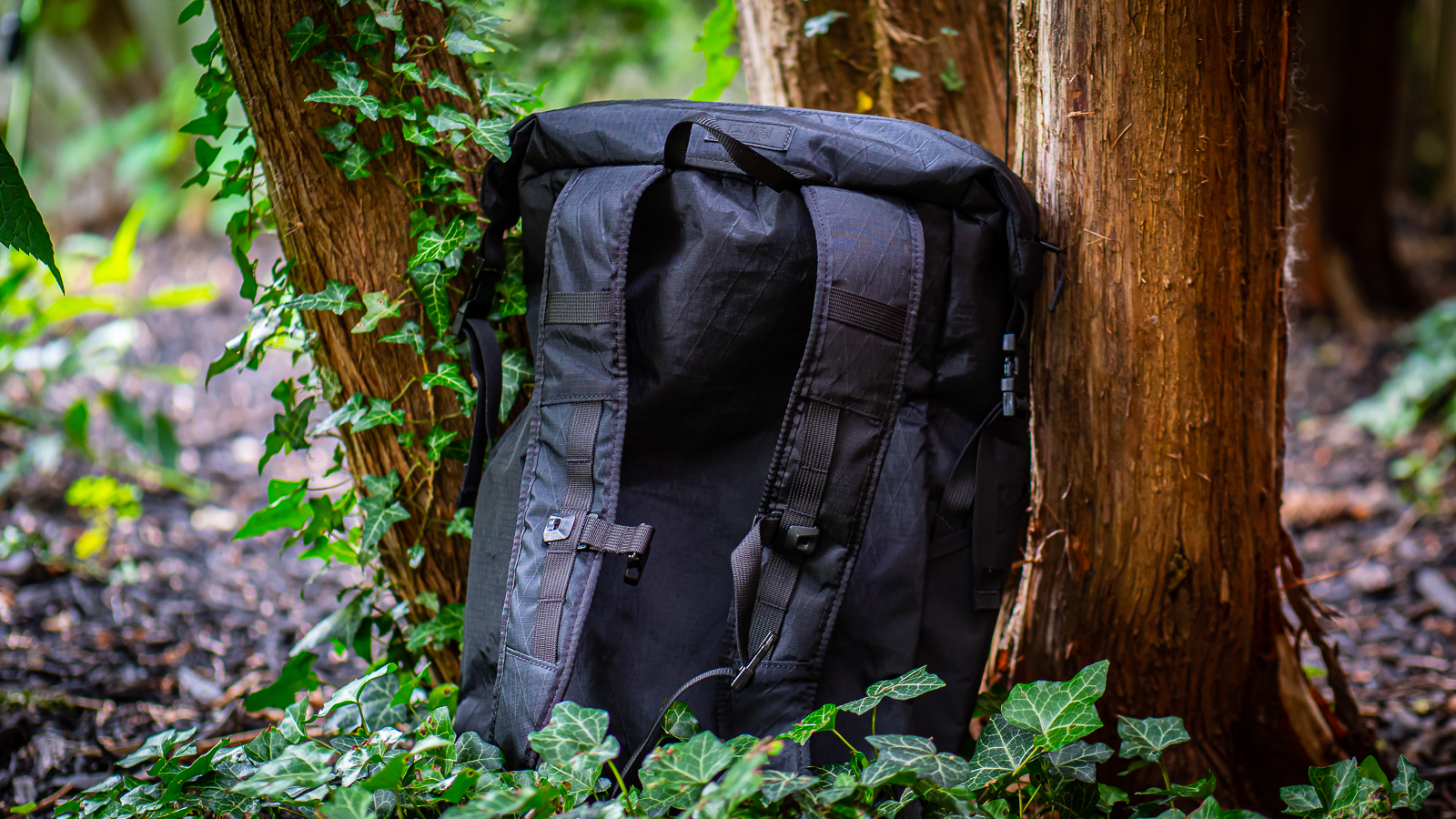
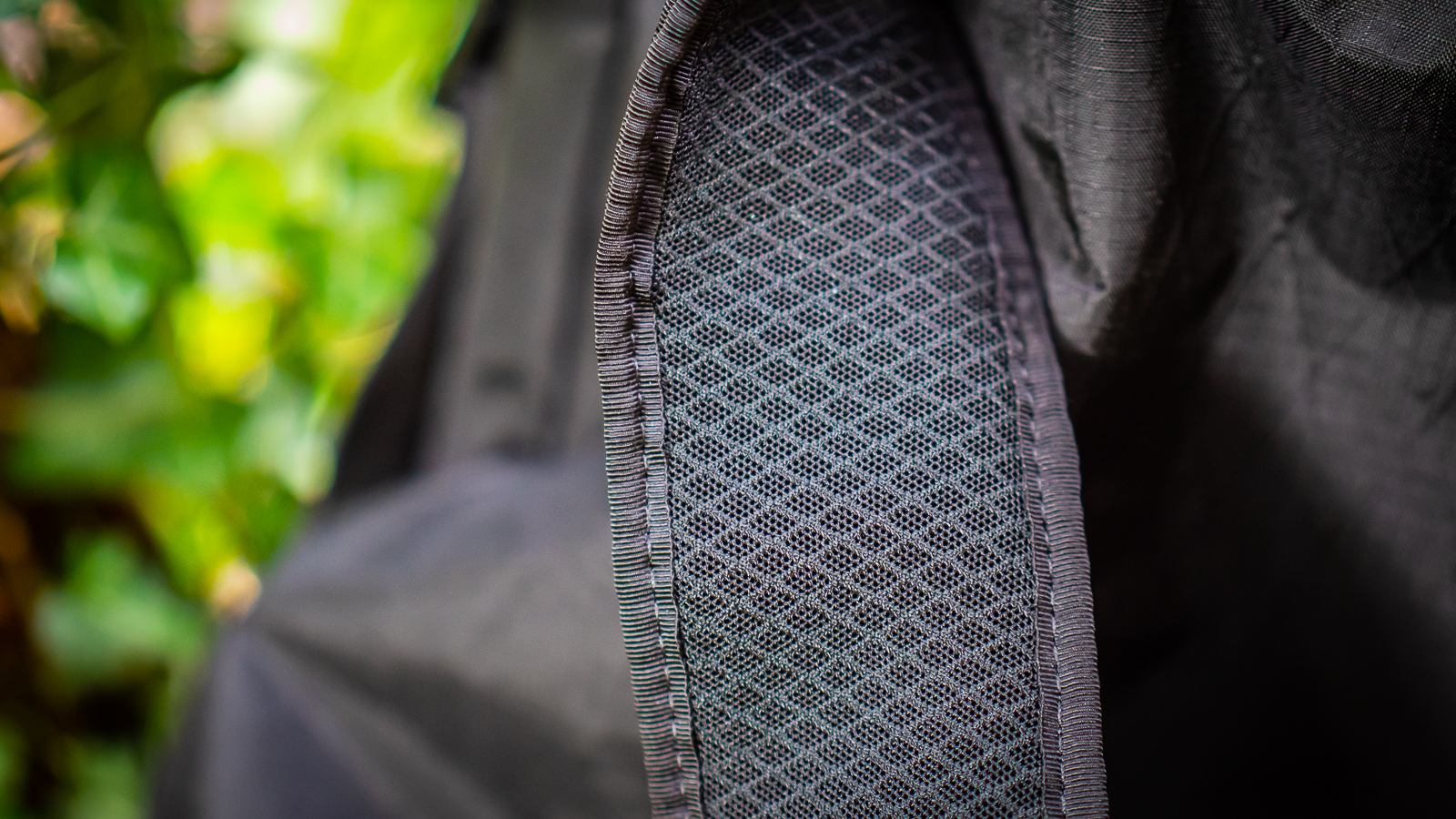
Like the original, TAD has used all waterproof and water resistant materials on the Azimuth. While it’s certainly not submersible (stitches are holes), this bag (and its contents) survived many downpours, and even more days at the beach. Did I mention this is a great beach bag? It’s a great beach bag. Long story short, don’t expect it to survive hours in torrential rain, but it will keep your stuff dry long enough to get to some shelter.
The Good
- Easy to pack down and take with you
- Super lightweight without feeling flimsy
- Heavier materials are a nice upgrade from the original
- Great access and generous capacity
- New straps are significantly more comfortable
The Not So Good
- Interior items can easily poke into your back
- No great way to pack it into itself
- Water bottle pockets don’t really have their own volume
- Vertical compression can feel unnecessary at times
Verdict
The Azimuth is my favorite packable bag - period. There’s a reason it was so highly sought after during its leave of absence. I’ve honestly not gone on a trip without the original in five years. However, the new and improved Azimuth has instantly replaced it. Not because it needed replacing by any means - it’s still going strong - but because I think the V2 is a very worthy upgrade. There’s more peace of mind due to the beefier materials, and the bag carries better thanks to the upgraded straps. Whether you have the original and are interested in an upgrade, or if you’re just looking for something to pack in with your luggage, I can’t recommend the Azimuth enough. I can’t wait to rack up even more miles on it.
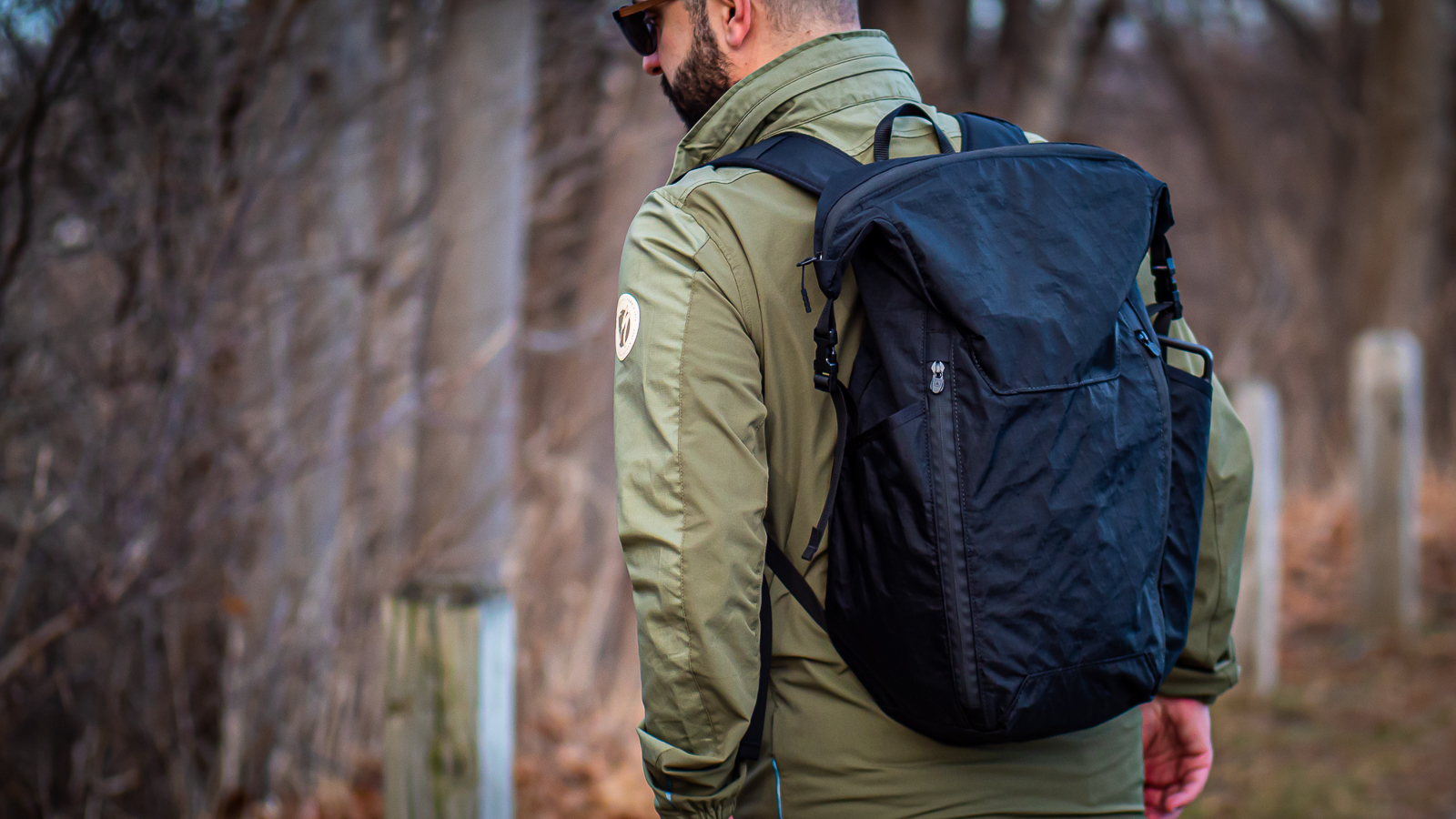





 Carry Awards
Carry Awards Insights
Insights Liking
Liking Projects
Projects Interviews
Interviews